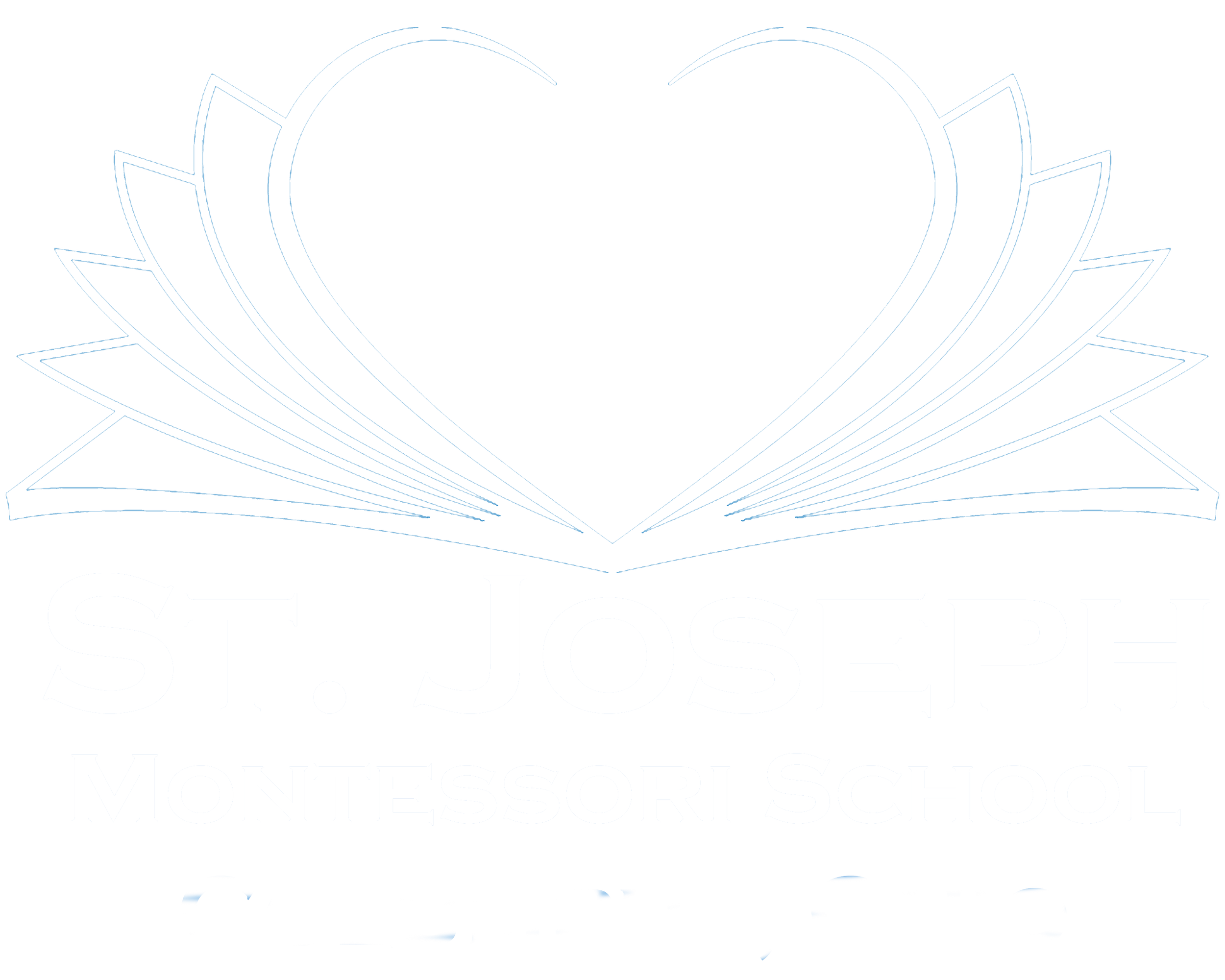The Montessori Method is a scientific pedagogy based on the research and teachings of Italian physician and educator Maria Montessori (1870-1952). Dr. Montessori gave the world an educational method based on The Planes of Human Development. A deep respect and understanding of the child led Dr. Montessori to devote her life to studying and lecturing on the potential of each individual. She taught adults how to respect individual differences and to emphasize social interaction and the education of the whole person rather than the teaching of a specific body of knowledge.
“Our care of the child should be governed, not by the desire to make him learn things, but by the endeavor always to keep burning within him that light which is called intelligence.” - Dr. Maria Montessori
Montessori classrooms mirror the developmental plane of the child. Classrooms for younger children are language rich with concrete materials designed to foster students’ ability to explore, choose, and complete their work. Referred to as the “prepared environment,” areas devoted to language, mathematics, practical life, and cultural subjects are a core part of the classroom at every age, often using materials that overlap or build on each other. Early childhood classrooms also include “sensorial” areas. As children progress in their development and as the abstract mind develops, fewer hands-on materials are present, but more real world application of concepts occurs.
The Montessori teacher, or guide, undergoes specific Montessori credentialing and is taught to recognize and respect children's various learning styles, helping individual students learn to study most effectively. Montessori classes bring together students in multi-aged groups, rather than classes composed of just one grade level. This unique structure allows older children to act as leaders, teachers, and masters of their learning. While younger, more novice students, learn from their older peers, teachers can mix learning groups based on readiness or interest and not have to restrict a child's learning to one "grade level.” The multi-aged classroom mirrors family structure and society at large as children of the three year age span learn to work, collaborate, and create synergy to create a microcosm of community.
St. Joseph Montessori School became accredited by the American Montessori Society in June 2023. Being accredited is considered the gold standard in the American Montessori community. There are about 220 schools accredited by the AMS, and we are the first school to achieve this accomplishment in Central Ohio.
Accreditation is reached by being evaluated on nine standards: Philosophy, Mission and Vision; Governance, Leadership, and Continuous Improvement ( Strategic Plan); Teaching and Learning (Educational Nature); Documenting and Using Results (Learner Outcomes); Personnel; Facility Resources; Finances and Stability; Records, Resources, and Support Systems; and Stakeholder Communication and Relationships. You can read the description for each on the AMS website.
Read
Montessori Madness, Trevor Eissler
Montessori: The Science Behind the Genius, Angeline Stoll Lillard
The Parents’ Guide to the Montessori Classroom, Aline Wolf
The Montessori Method, Maria Montessori
Understanding Montessori, Maren Schmidt
Maria Montessori: Her Life and Work, E.M. Standing
Montessori in a Nutshell, Clare Healy Walls
“Children are human beings to whom respect is due, superior to us by reason of their innocence and of the greater possibilities of their future.” -Dr. Maria Montessori




